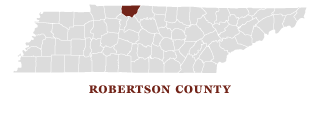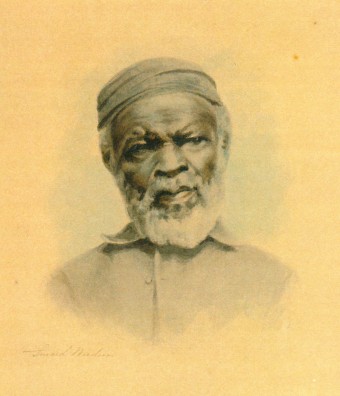Wessyngton



Maria Howard Weeden.
Portrait of Emanuel Washington. ca. 1890. Private Collection.
This portrait by Maria Howard Weeden (1846-1905) is of Emanuel Washington, who worked at Wessyngton
in Cedar Hill, Tennessee, for the Washington family after the Civil War. John F. Baker, Jr., is one
of his descendants. Weeden, who created a number of life portraits of ex-slaves in Tennessee, was born
in Huntsville, Alabama.
The outbreak of the Civil War brought drastic changes to the lives of the nearly 300 African Americans enslaved on Wessyngton Plantation. In 1860 Wessyngton was the largest tobacco plantation in America and held the largest enslaved population in Tennessee. For generations the slaves there had secretly prayed for their freedom.
In February 1862, Nashville became the first Confederate capital to fall to the Union Army. Many of the Wessyngton slaves took advantage of the presence of the Union army in the area to leave the plantation before they were officially freed. One former slave who ran away from the plantation with Federal troops was Emanuel Washington. He returned to become the paid cook for the Washington family after the war. Many others left for Nashville and the contraband camps. Still others were taken from the plantation by the Union army to work on the Nashville & Northwestern Railroad and the military fortification, Fort Negley, in Nashville. Miles Washington, Bill Scott, Otho Lewis Washington, Frank Washington, Jacob Washington, Carey Washington, Reuben Cheatham Washington, Hezekiah Washington, Granville Washington, Joe Scott, Dick Lewis, and Sam Lewis Washington enlisted in the Union Army with the 40th regiment of the United States Colored Troops. By the beginning of 1863 farming operations on Wessyngton were brought to a halt because all the men had left the plantation.
After the Civil War, 16 families returned to Wessyngton, while others left the area never to return. During the next decades, the Wessyngton freed people established their own churches and schools, operated their own businesses, and even purchased parts of the land on which they had once been enslaved.
— John F. Baker, Jr. Author, The Washingtons of Wessyngton Plantation (Simon & Schuster, 2008)